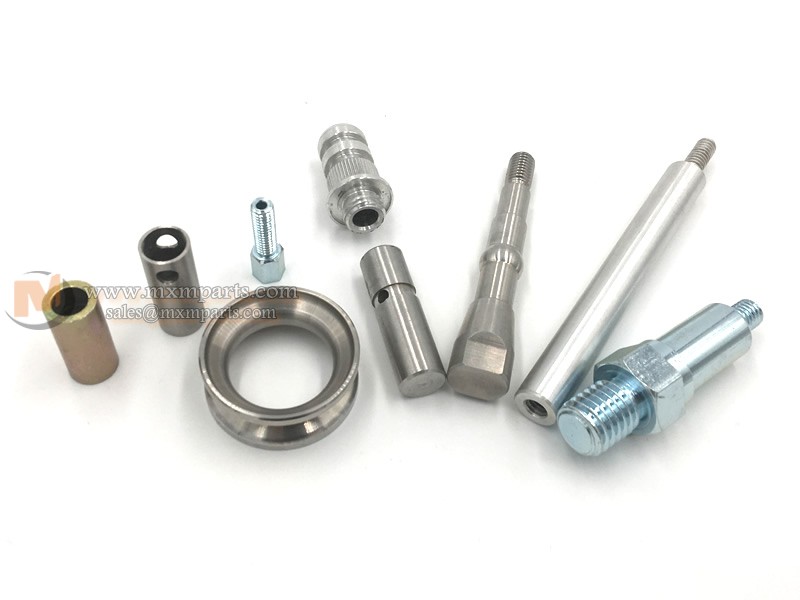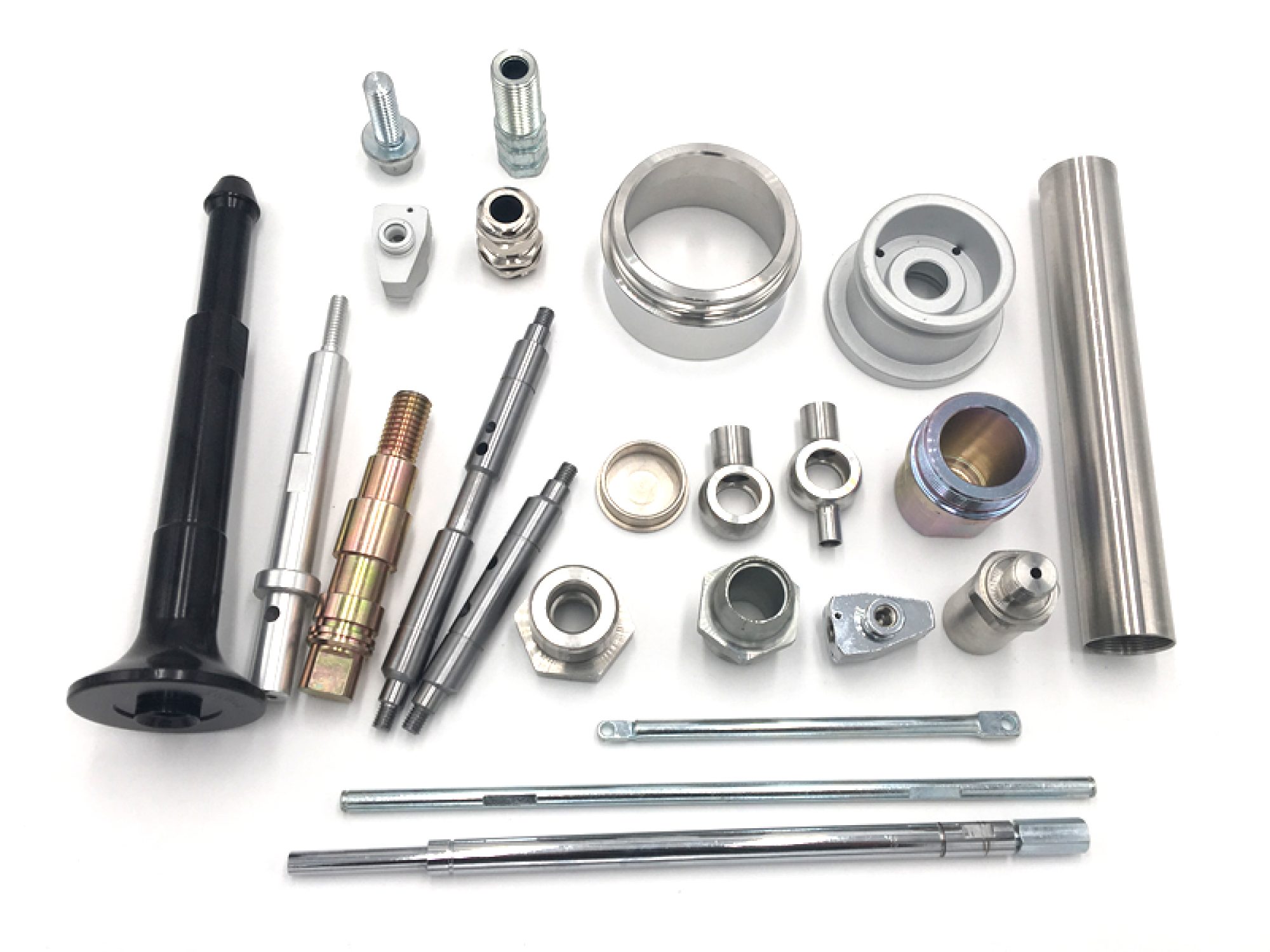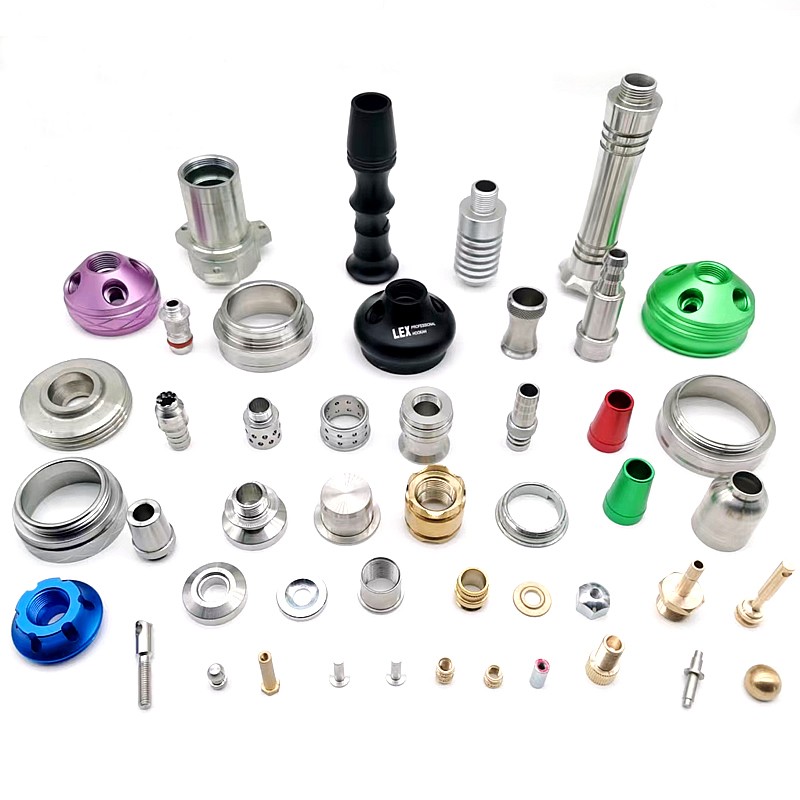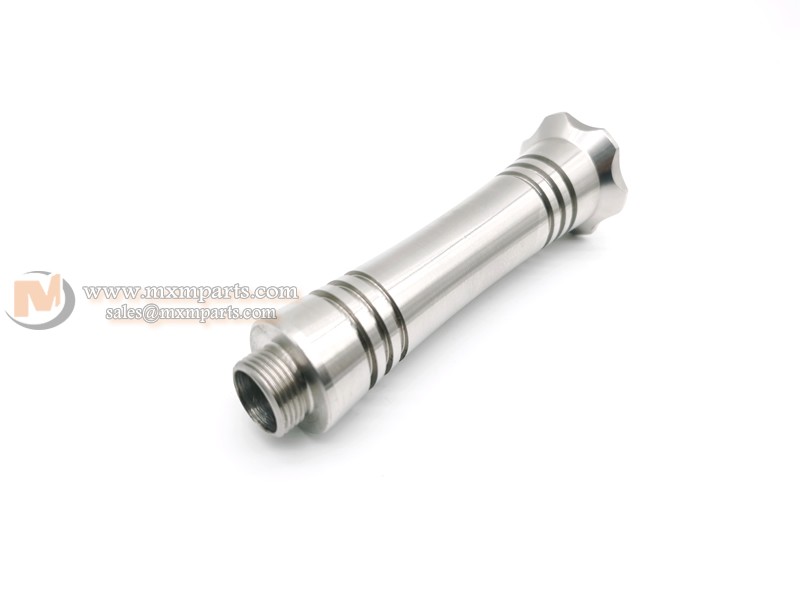In the ever-evolving landscape of precision engineering, CNC turning parts have emerged as a cornerstone of manufacturing excellence. At the intersection of innovation and technology, CNC turned parts have revolutionized the way industries produce intricate components. In this comprehensive article, we delve into the world of CNC turning parts, exploring their myriad applications, manufacturing processes, and the undeniable impact they have had on modern industrial practices.
Understanding CNC Turning Parts
What Are CNC Turning Parts?
CNC, which stands for Computer Numerical Control, refers to the automated control of machining tools and 3D printers by means of a computer. CNC turning, specifically, is a machining process that shapes a piece of material, usually metal or plastic, into a desired form by rotating it against a cutting tool. This process is commonly employed for creating cylindrical components, such as shafts, bolts, and fittings.
The Precision Advantage
One of the primary reasons CNC turning has become a cornerstone of precision engineering is the unparalleled accuracy it offers. CNC machines are capable of executing intricate cuts and shapes with microscopic precision, resulting in parts that meet the tightest tolerances and specifications. This precision ensures the production of high-quality components crucial in various industries, from aerospace to medical devices.
Applications of CNC Turning Parts
The versatility of CNC turning parts is a testament to their significance in modern manufacturing. Let's explore some of the key industries where CNC turned parts play a pivotal role:

Aerospace Industry
In the aerospace sector, where safety and precision are non-negotiable, CNC turning parts are extensively used. These parts contribute to the construction of critical components such as aircraft landing gear, turbine blades, and hydraulic systems. The ability to create components with minimal defects and consistent quality is paramount in this industry.
Medical Devices
The medical industry relies on CNC turning for producing components like surgical instruments, implants, and diagnostic equipment. The precision offered by CNC machines ensures that medical devices meet strict regulatory standards and are safe for patient use.
Automotive Manufacturing
CNC turning is the driving force behind the automotive industry's ability to produce engines, transmission components, and intricate chassis parts with unmatched precision. This precision results in increased fuel efficiency, reduced emissions, and enhanced vehicle performance.
The CNC Turning Process
Understanding the CNC turning process is essential to appreciate its contribution to precision engineering. Here's a step-by-step overview:
1. Material Selection
The process begins with the selection of the appropriate material, which can be metal, plastic, or even composite materials. The choice depends on the specific requirements of the part.
2. Design and Programming
A computer-aided design (CAD) model is created, defining the geometry of the part. This CAD model is then converted into a CNC program, which guides the machining process.
3. Set-Up
The CNC machine is set up with the selected material and tooling. Precision is key during this phase to ensure that the finished product meets the desired specifications.
4. Machining
During the machining phase, the CNC machine precisely removes material from the workpiece according to the programmed instructions. This is where the high level of accuracy comes into play.
5. Quality Control
Quality control processes, including inspections and measurements, are performed to ensure that the finished part meets all tolerances and standards.
6. Final Inspection and PackagingAfter passing quality control, the CNC turned part is inspected one final time and then carefully packaged for shipping or assembly.
Advantages of CNC Turning Parts
CNC turning offers numerous advantages that have propelled it to the forefront of precision engineering:
1. Unmatched Precision
The ability to achieve micron-level precision ensures that CNC turning parts are of the highest quality, meeting even the most stringent industry standards.
2. Cost Efficiency
While CNC machines require an initial investment, they offer long-term cost savings through reduced material wastage and labor costs.
3. Scalability
CNC turning is highly scalable, making it suitable for both small-batch and mass production, providing flexibility to manufacturers.
4. Versatility
CNC machines can work with a wide range of materials, opening doors to countless applications across industries.
Conclusion
In the world of precision engineering, CNC turning parts have elevated manufacturing to unprecedented levels of accuracy and efficiency. From aerospace to healthcare, their impact is undeniable. These precision-engineered components are the backbone of modern industries, pushing the boundaries of what is possible.




